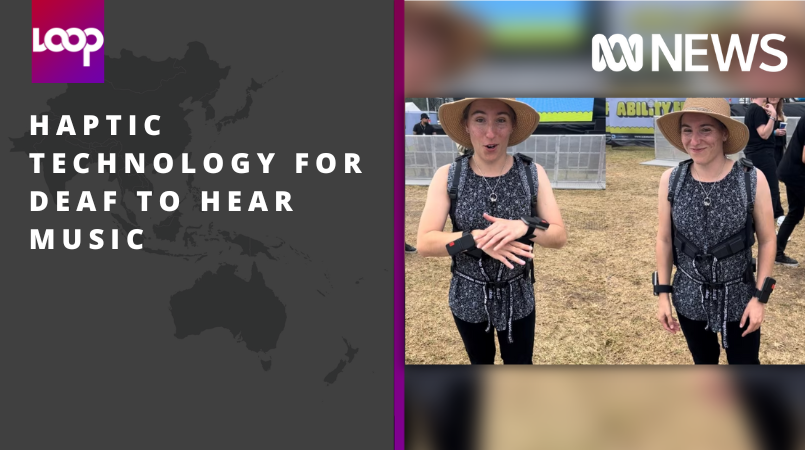
Haptic technology creates new ways to experience music for people who are Deaf or hard of hearing.
For more than a decade, whenever 26-year-old Lauren Fox watched live music, she would focus on the vibrations of one instrument.
"I would just dance following the drumbeat because that was the only part [of the music] I could really connect to," says Lauren, who is a Deaf person.
So earlier this year when Lauren attended a festival with a haptic vest, a wearable device that transmits different sounds as vibrations on the skin, it wasn't a strange experience.
But she says it was a connection to music she'd never had before.
"It's fantastic that you can feel each individual instrument," she says.
"You can feel the whole body pumping. It's really difficult to explain."
Haptic technology is not new; since the 1990s, it's been used as a tool for interpreting sound.
But in recent years, technological advancements have resulted in a wave of haptic devices, creating new ways for people to experience sound.
More accessible and inclusive
Haptic technology provides users with physical stimuli, like vibration or motion. The tactile feedback provides an experience that can be immersive or more realistic.
Chances are you've been interacting with haptic technology for years. When you type on a smartphone and feel that clicking and buzzing, that's haptic feedback. The same goes for if you've felt a video game controller tremble in your hand, or a virtual reality suit vibrate against your skin.
Click here to read full article
Story by ABC News
